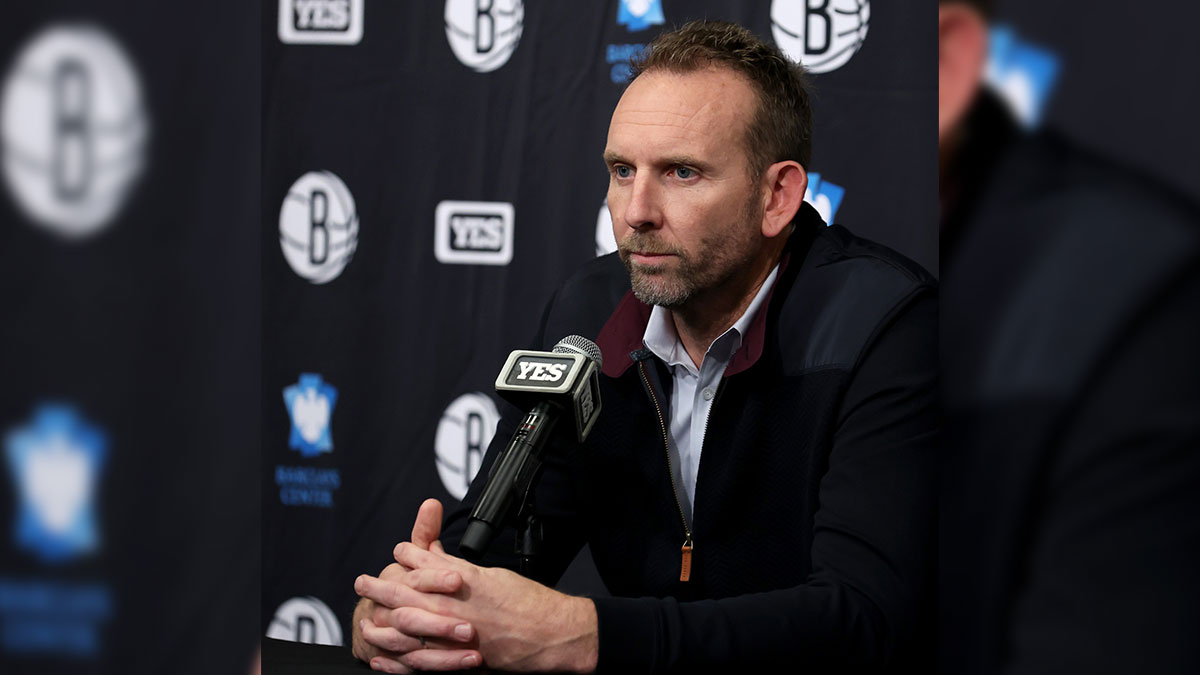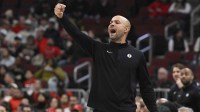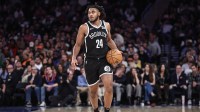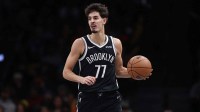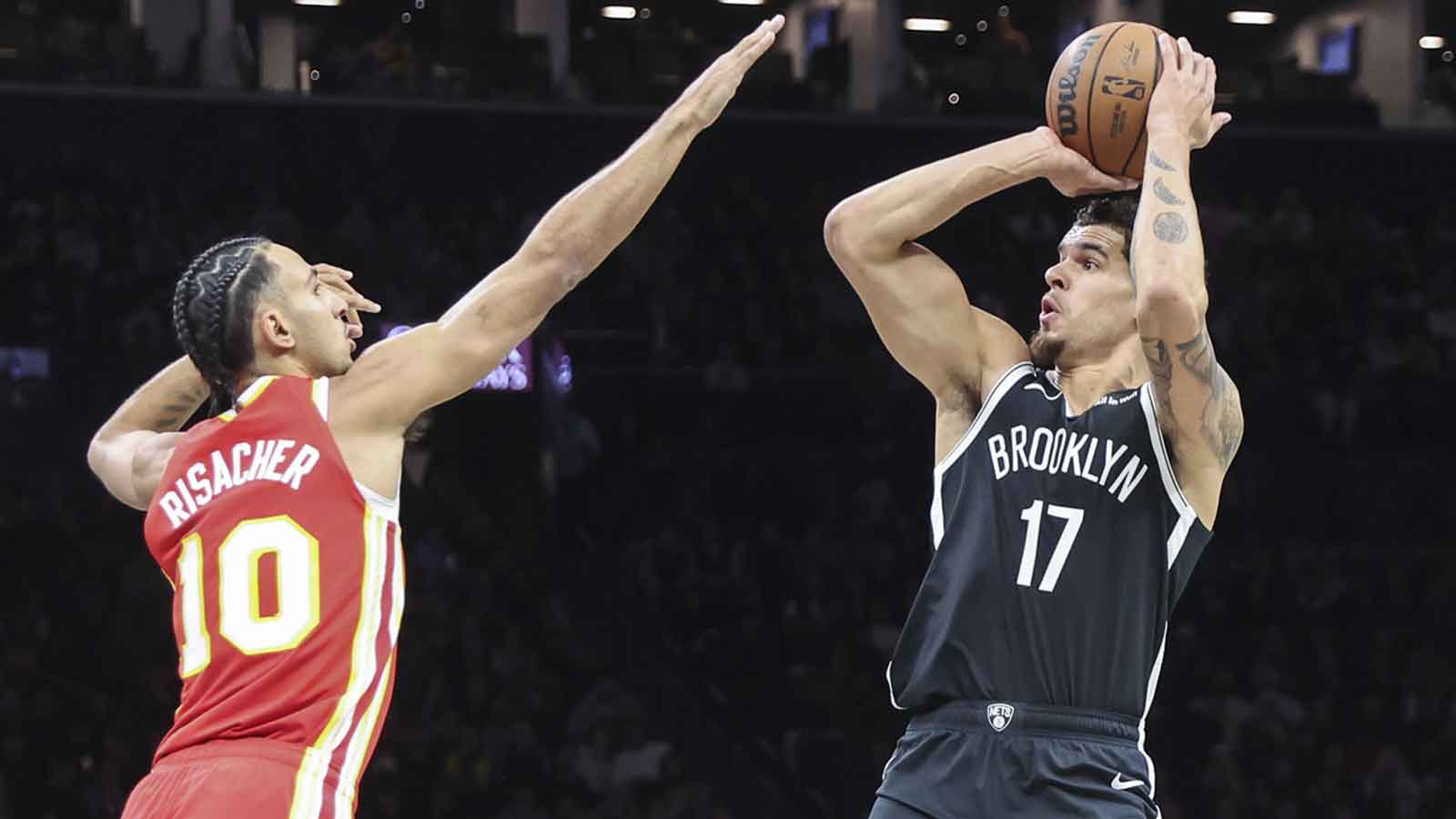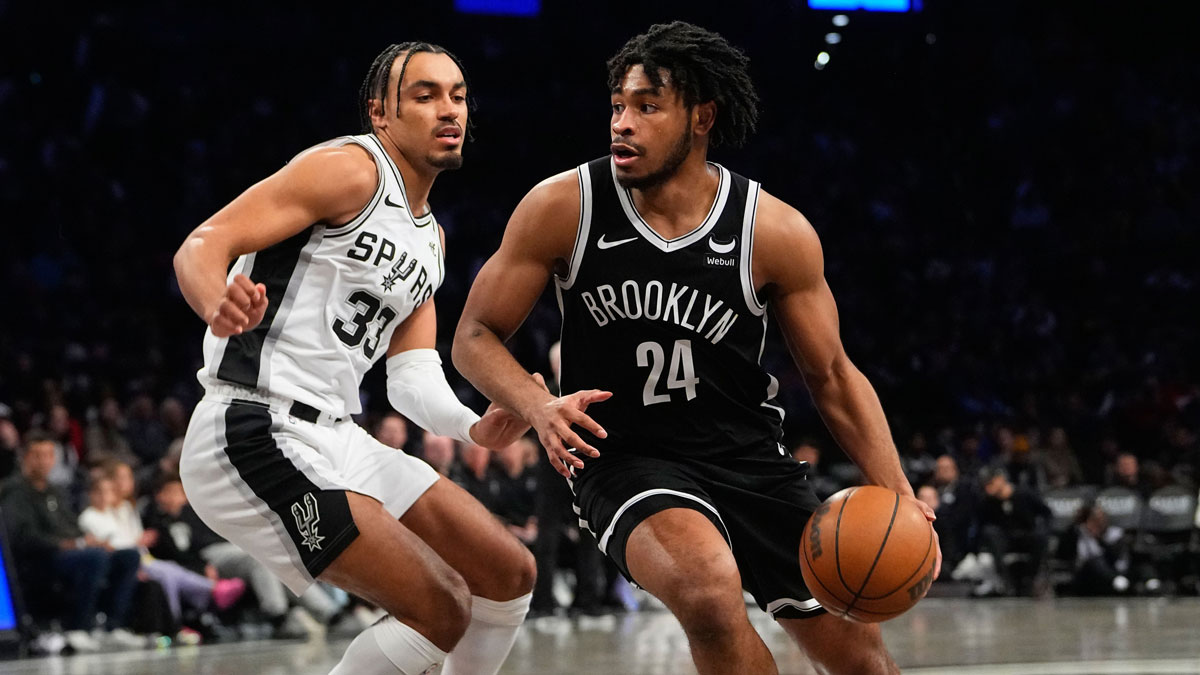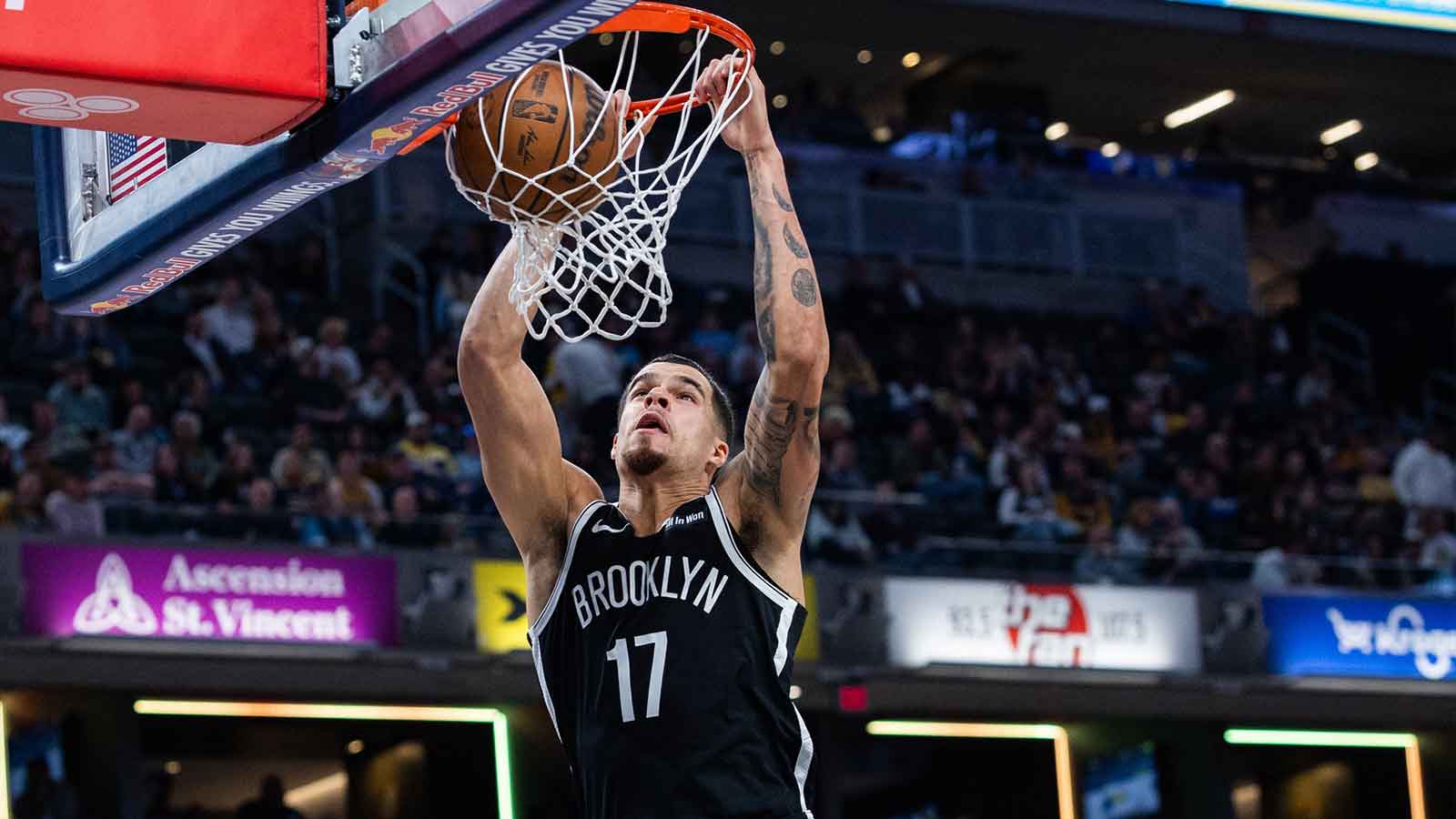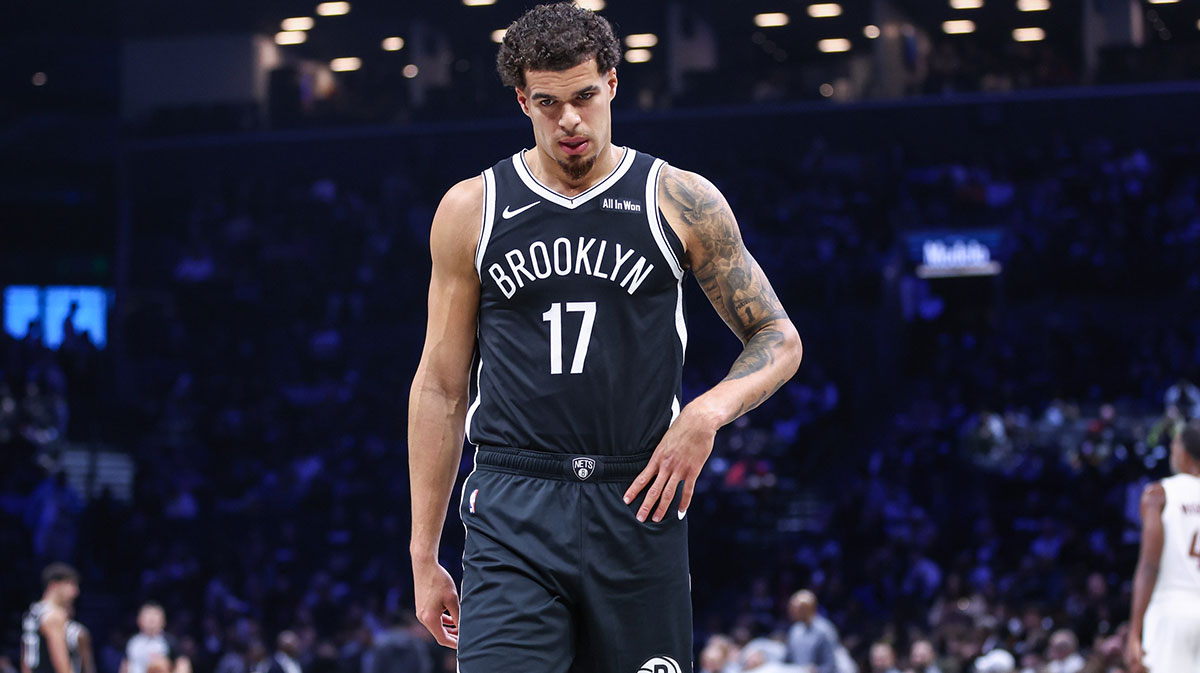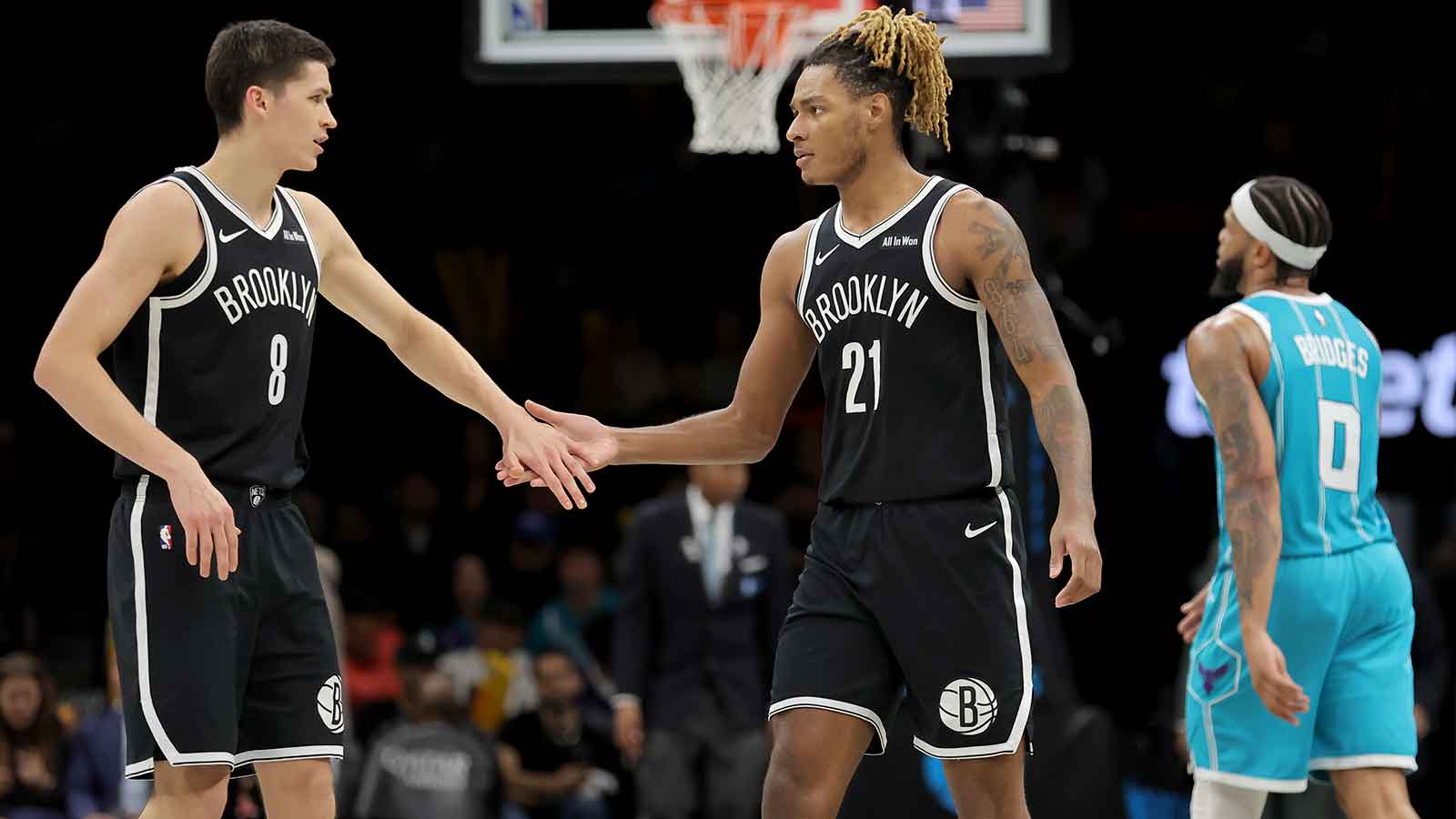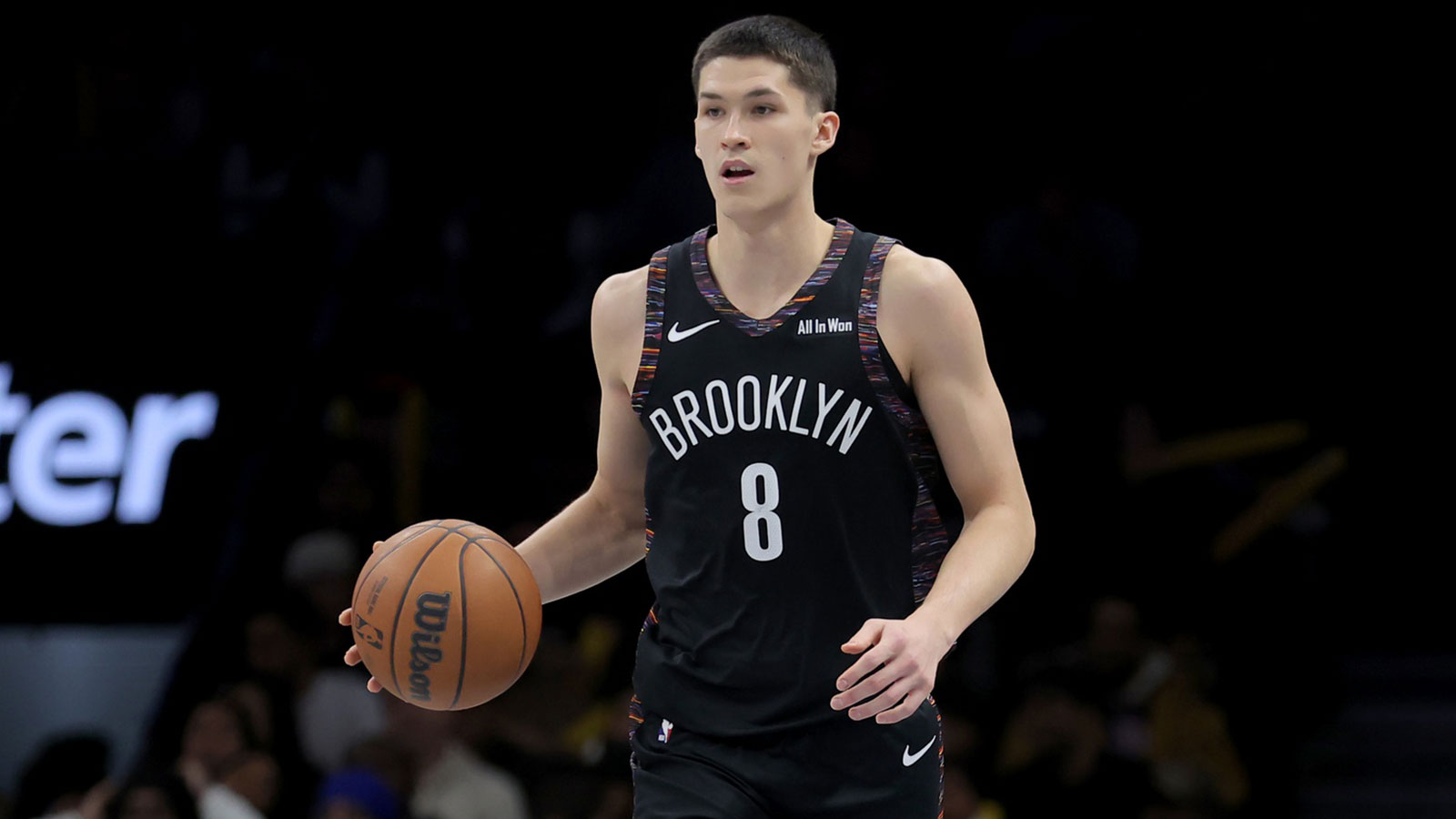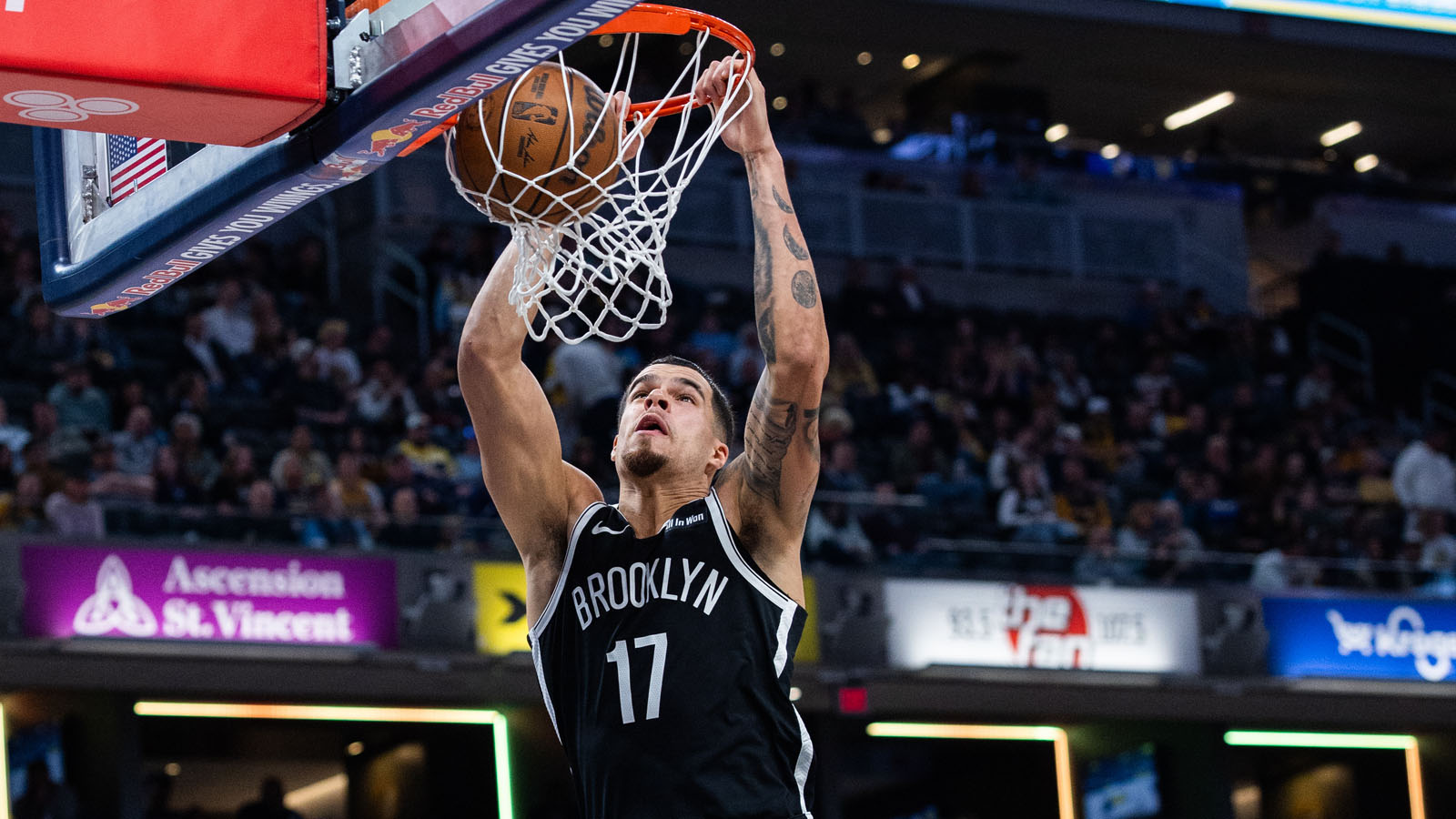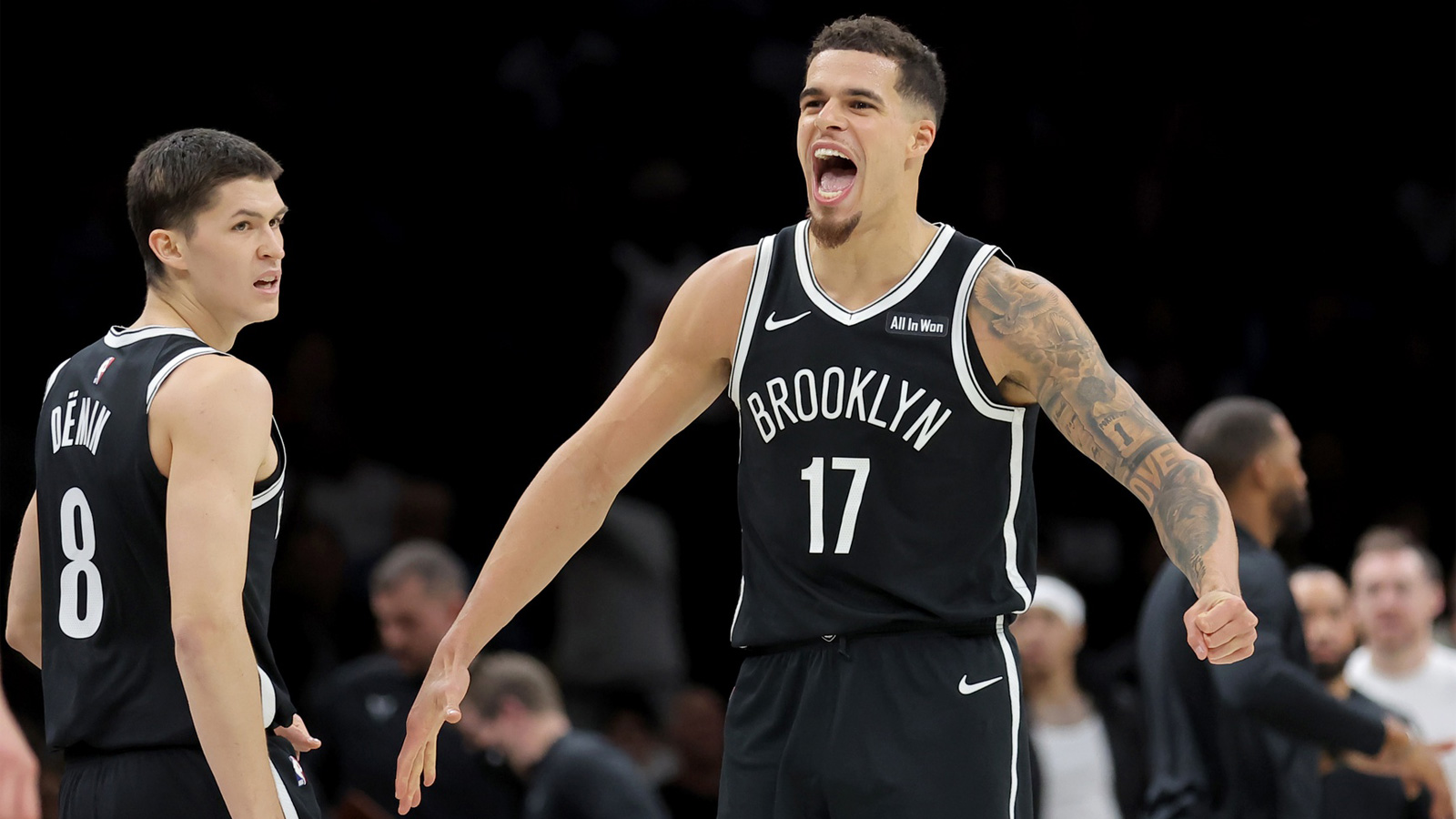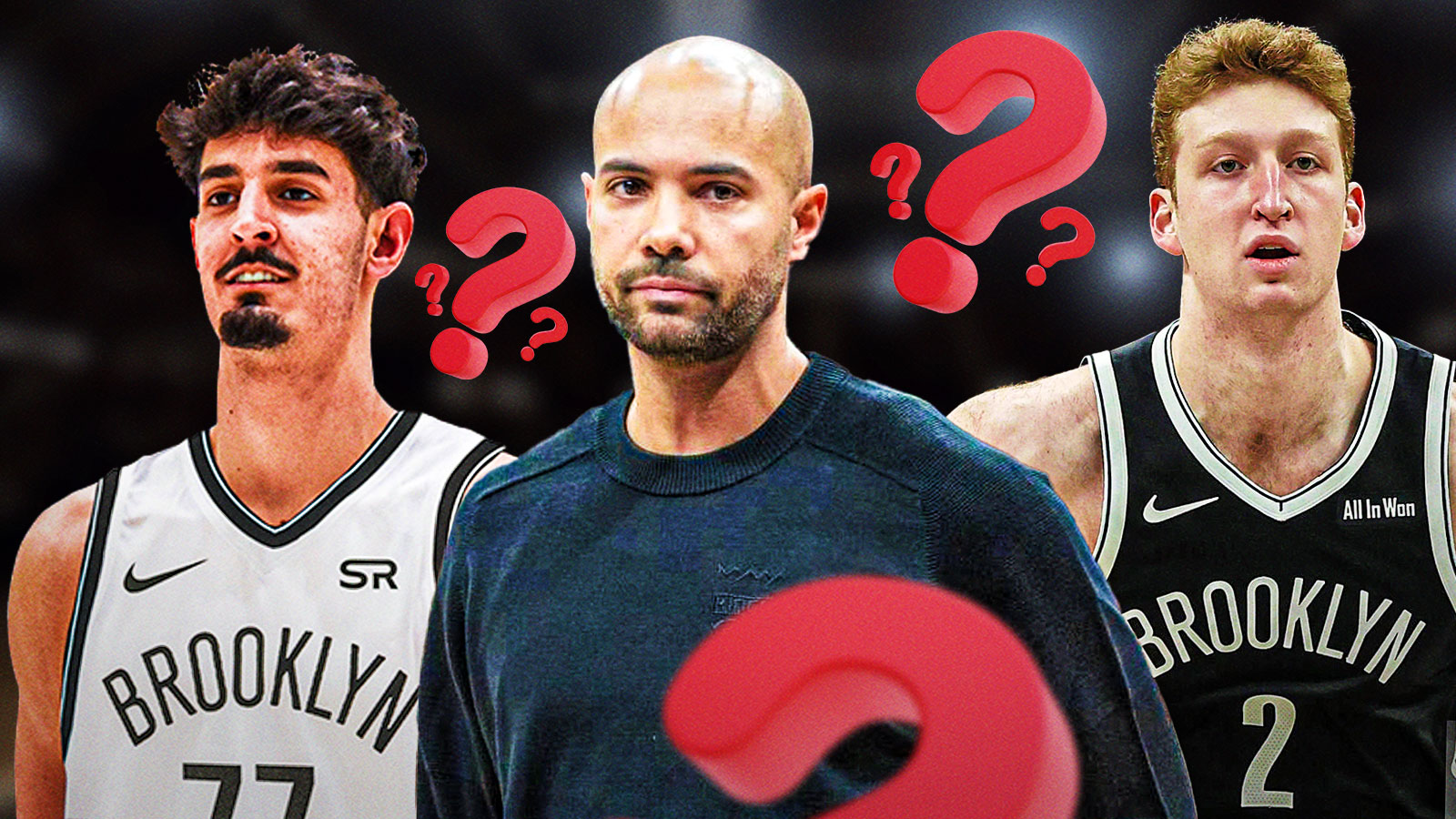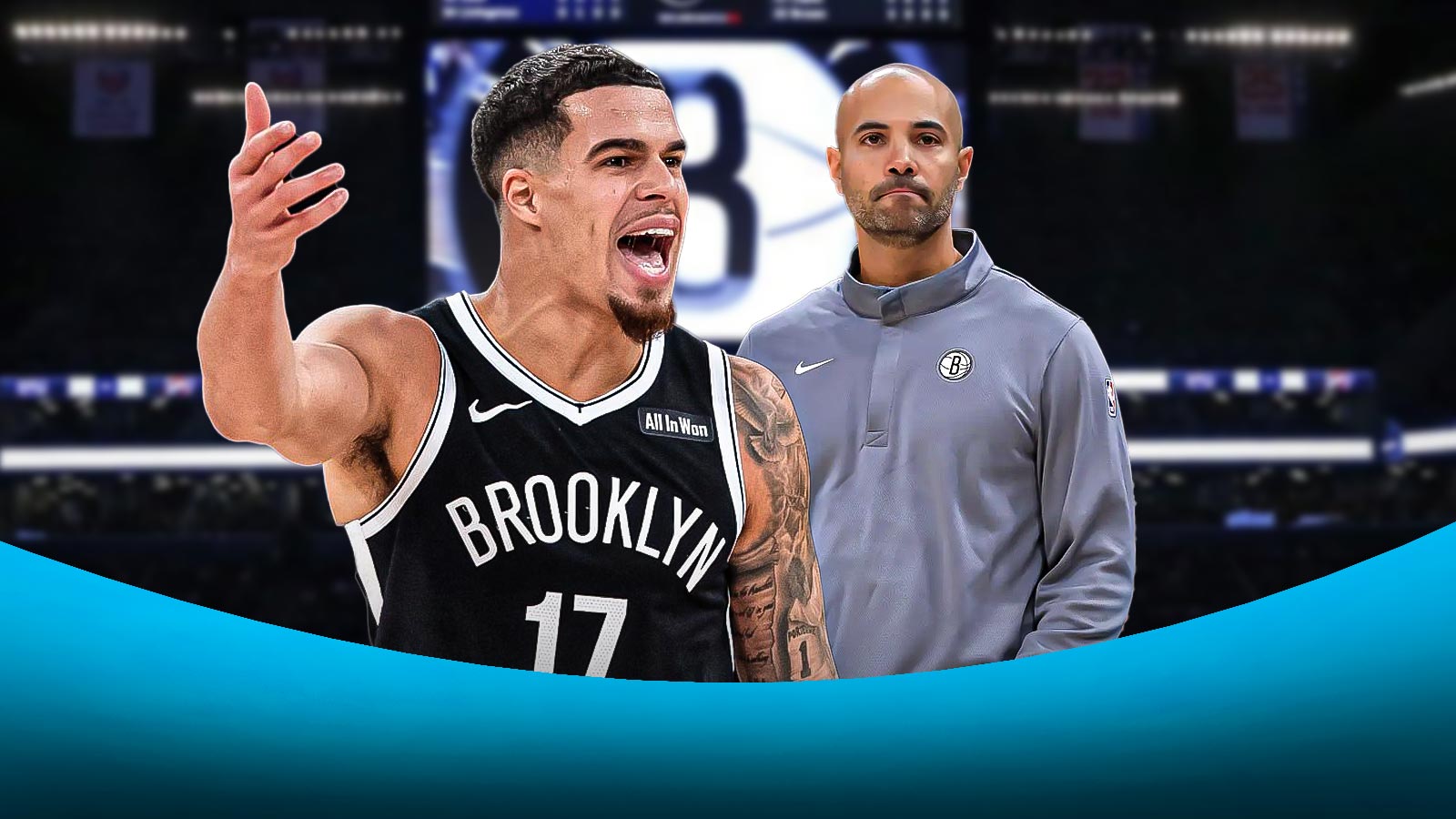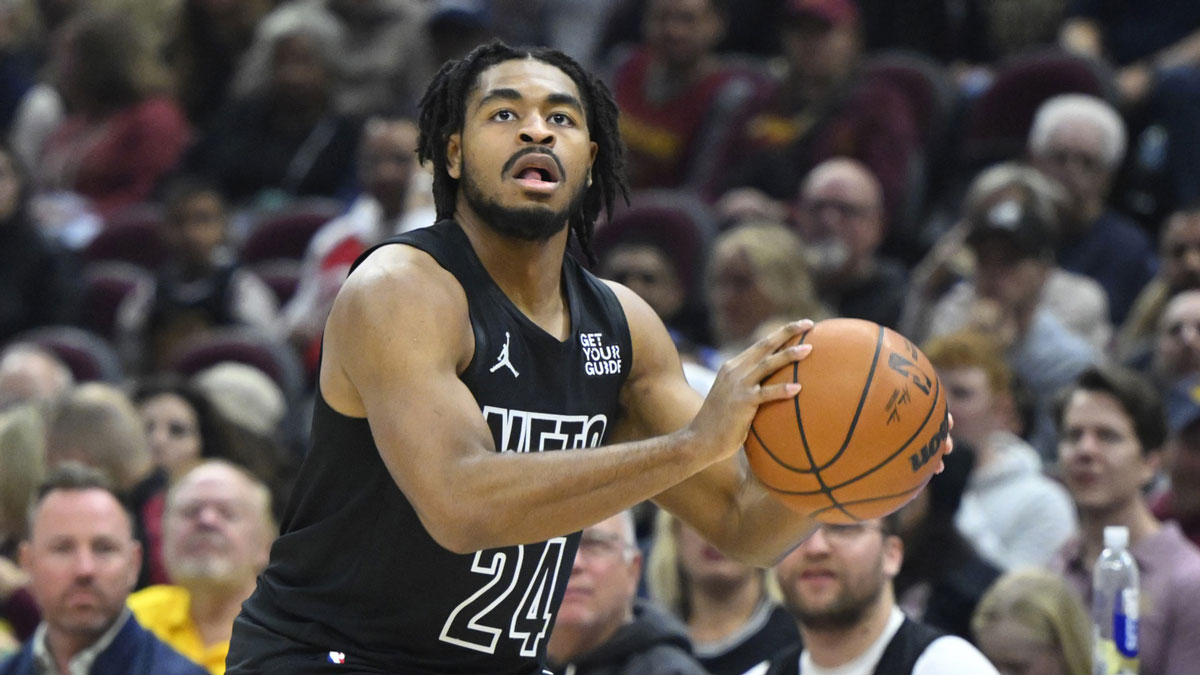Heading into the 2025 NBA offseason, no team was better positioned to reshape its future than the Brooklyn Nets. They led the league in cap space. They had a war chest of draft picks, including a record-setting five first-rounders. They were unburdened by long-term salary anchors. They had the flexibility to make trades, take on distressed contracts, or sign high-upside talent. They had every tool… and used almost none of them. The Nets' front office, led by general manager Sean Marks, chose prudence over boldness, opting for incremental moves that prioritized future flexibility.
The team traded Cam Johnson to Denver in exchange for the talented but oft-injured Michael Porter Jr., gaining a valuable unprotected 2032 first-round pick in the process. They re-signed Day’Ron Sharpe and Ziaire Williams on modest deals. And they used all five first-round picks, most notably on Russian guard Egor Demin, to build out a youthful core. But their decision not to use their abundance of cap space, particularly by failing to sign a rising restricted free agent like Jonathan Kuminga, may go down as the defining mistake of their offseason.
1 move the Brooklyn Nets should've made in the 2025 NBA Offseason
At one point this summer, Brooklyn had over $40 million in cap space, more than any other team in the league. In a limited free agency market, that level of financial firepower could’ve allowed them to:
-
Outbid teams for promising restricted free agents
-
Facilitate lopsided trades by absorbing bad contracts in exchange for assets
-
Sign veteran glue guys to mentor their rookies
-
Build leverage over future trade targets by taking pressure off the timeline
Instead, the Nets sat on their hands. By mid-July, a significant portion of that cap space remained unused, despite the fact that cap room doesn’t roll over or earn interest. For a rebuilding team, inaction is just as costly as a bad contract.
One glaring omission from Brooklyn’s summer strategy was their failure to pursue Jonathan Kuminga, the talented 6-foot-8 forward who became available when the Golden State Warriors chose not to match a reasonable offer sheet.
Kuminga, just 22, would’ve checked several critical boxes for Brooklyn:
-
Two-way wing with elite athleticism
-
Fits the timeline of Egor Demin, MPJ, and their rookie class
-
Has untapped scoring potential
-
Fills a positional void with star upside
For a team lacking a true forward of the future and desperate for identity, Kuminga was an ideal investment. He wouldn't have cost a max contract. He wouldn’t have required giving up draft capital. And he’d immediately become one of the team's three most important players.
The Nets could’ve offered Kuminga a front-loaded deal or structured incentives that made it difficult for Golden State to match. Instead, they watched quietly from the sidelines while teams like the Hornets and Rockets made aggressive, calculated bets on young talent.
For a team with the most cap space in the NBA, that silence was deafening.
A rebuild without direction
What’s most frustrating about Brooklyn’s 2025 offseason isn’t what they did, it’s what they didn’t do. There’s no vision. No vibe. No clarity on who this team is or wants to become.
Call it now, which Nets rookies do you see having the biggest impact or least impact in their first year? pic.twitter.com/VfR31B92Mj
— SleeperNets (@SleeperNets) July 27, 2025
If the plan is to rebuild, then why hold on to veterans like Michael Porter Jr. and Day’Ron Sharpe rather than flip them for picks? Why not consolidate some of the five first-round picks to move up for a surefire star rather than draft a collection of guards with overlapping skill sets?
If the plan is to compete, then why not spend money on experienced floor generals or wing depth? Why allow your cap space to collect dust while the rest of the league retools?
Right now, the Nets are stuck in the worst place in the NBA, a no-man’s land between rebuilding and competing. They’re not bad enough to guarantee a top-five pick, but not good enough to sniff the play-in. They're a roster full of projects without a plan.
Brooklyn’s front office might argue that saving cap space preserves optionality, that future flexibility is more important than short-term progress. And yes, there’s some truth to that. The Porter trade returned a 2032 unprotected first. All five rookies are on cost-controlled contracts. They haven’t hamstrung themselves with bad money.
But NBA rebuilds don’t happen in a vacuum. Teams like the Thunder, Magic, and Rockets have shown that smart aggression, whether through trade or free agency, can accelerate development and create momentum. Fans respond to progress, and players do, too.
If you’re not using cap space when it matters, when your team is young, your books are clean, and your timeline is wide open, then when will you?
A lost chance to build a Core
Let’s imagine a reality where the Nets had added Kuminga, used two of their picks to move up in the draft, and signed a veteran point guard like Monte Morris. In that world, you’ve got:
-
A starting five of Demin, Kuminga, Porter Jr., Sharpe, and a vet
-
A bench full of youthful energy and shooting
-
A franchise cornerstone in Kuminga to pair with Demin’s upside
-
Cap space used wisely to balance potential with leadership
That’s not a title contender, but it’s a blueprint. Right now, Brooklyn doesn’t even have that.
The 2025 offseason was supposed to be a turning point for the Brooklyn Nets, a chance to pivot from the shadow of the Durant-Irving era and build something fresh, modern, and exciting.
Instead, they hoarded picks, avoided risk, and let their greatest asset, cap space, go unused. While teams around them chased upside and carved out futures, the Nets stalled, unsure which direction to lean.
Jonathan Kuminga was there. Cap room was there. The moment was there. But Brooklyn blinked.
In a league that rewards action, the Nets chose caution. And in the long run, that might be the costliest move of all.

